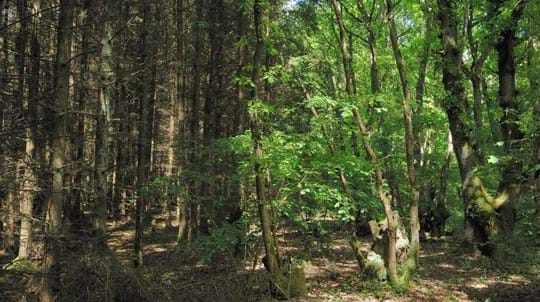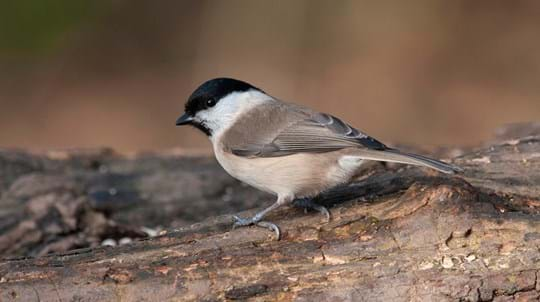
Credit: Blickwinkel / Alamy Stock Photo
How do ash-black slugs breed?
Ash-black slugs have some of the most bizarre mating habits in the natural world. Being hermaphrodites, they have both female and male sex organs, but it still takes two slugs to tango.
To attract a mate, ash-black slugs take to the treetops, leaving a trail of scented slime in their wake. Once paired up, they twist together and hang, suspended, from a tree branch, secured only with sticky mucus. Each slug then extends its penis – which is as long as its own body! – and entwines it with its mate’s. They each pass a package of sperm to the other, store it in a special organ, and self-fertilise it.
Mating can take place in autumn or spring, with the eggs laid in damp soil or under leaf litter and other woodland debris. Juvenile ash-black slugs can appear between October and May, with most sightings between April and May.






